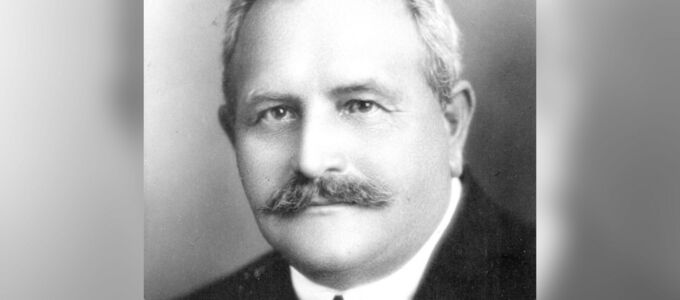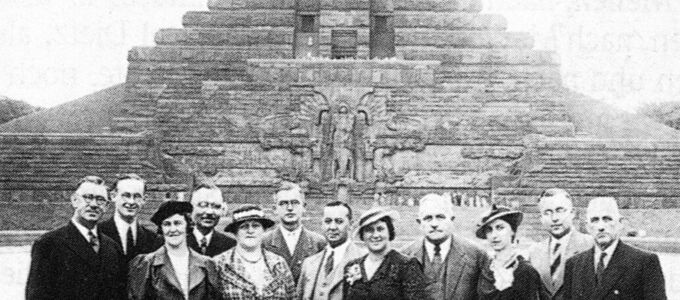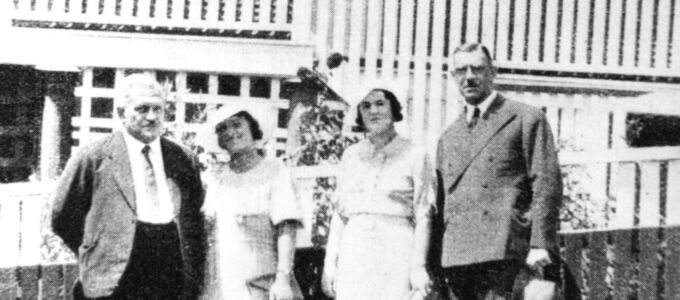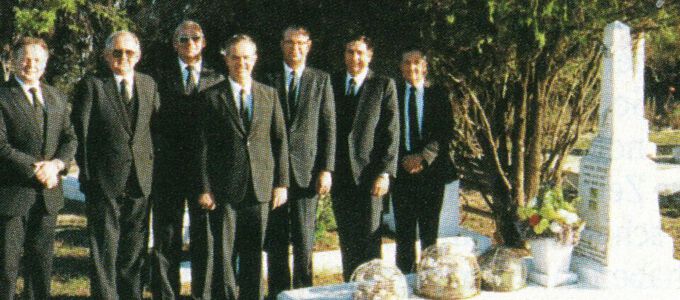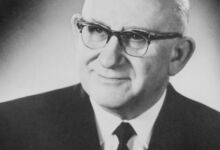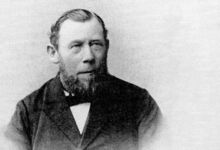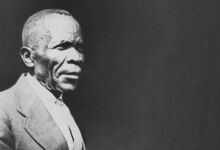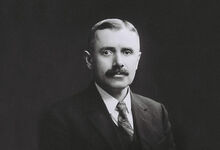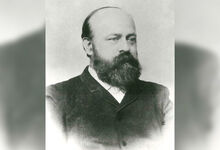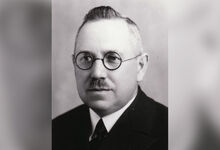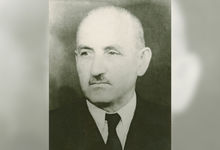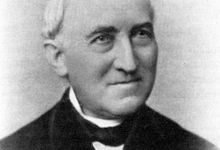Tribute to a trailblazing pioneer
He was born in Wetzlar, Germany, and died in Riverleigh, Australia. A widely travelled and very interesting man would have celebrated his 150th birthday these days. As one of the pioneering Apostles of the New Apostolic Church in Australia, Jakob Dietz had a great impact.
Dietz would not have been possible without Niemeyer. The former had discovered the New Apostolic Church in Germany and threw himself into the work for his congregation. The latter had emigrated to Australia, where he looked after the first New Apostolic congregations as an Apostle. Their ways eventually crossed in the early 1910s. And this is what happened.
Departure for Australia
Apostle Heinrich Friedrich Niemeyer from Australia regularly came back to visit his old home country of Germany—with a letter of recommendation from the Queensland (Australia) government. He was to go and recruit settlers for the sparsely populated continent. Several Church members followed His recruitment efforts, dreaming of a better future in Australia. In 1910 about 240 people from the Ruhr region of Germany set out on a veritable settlers’ trek to Australia—by ship. Among them was Jakob Dietz, a Priest, with his family. Otto Gerke also went on board with his parents, as well as the parents of Eric de Lisen, and the grandmother of Arthur Rosentreter—all well-known names in New Apostolic circles. They all boarded the Seydlitz in Antwerp on 17 April 1910, setting out on a six-week voyage to Sydney. There they were welcomed by Apostle Niemeyer before proceeding to Pumpkin Hut, their base camp. While the women and children were put up in makeshift shelters, the men first had to build roads. After about half a year, each family was allocated a piece of land, on which they were allowed to build their own farm. However, the land was nothing but dense jungle which first had to be cleared.
By the time the first rainy season started, the settlers had at least managed to clear enough land to plant maize. Gradually, they made tools in their own workshops, for example, to remove the large tree stumps. Larger areas of land could gradually be cultivated and worked with the plough or used as pasture for the first domestic animals. The settlers lived in simple corrugated iron huts they had built themselves.
Church services continue
Priest Dietz had of course not forgotten his ministerial commission and conducted regular divine services in a corrugated iron church that he had built. Thin tree trunks, which had been fastened to posts that had been driven into the ground, served as pews. The wooden crate in which the Bible and other Communion utensils had been carted from Europe served as an altar. To this day, the bush church has been preserved as a memorial to the pioneers of the Church in Australia.
The fateful years
Then came 1912, a year that would prove to be an ordeal for the nascent Church. Apostle Niemeyer separated from Chief Apostle Hermann Niehaus and thus from the New Apostolic Church. This had the effect of a landslide in Australia! A large number of members followed Apostle Niemeyer, but not Priest Dietz. He remained New Apostolic and with him a few others.
The situation escalated. Former members of the congregation brought charges against him for alleged cow theft. And then Jakob Dietz’s wife died during the trial. The trial ended in defeat for the plaintiffs: Priest Dietz was acquitted on all counts and rehabilitated.
Apostle Dietz
The New Apostolic branch of the Church continued to develop slowly. An interesting detail from this time is that Chief Apostle Hermann Niehaus—based in Germany—ordained Priest Jakob Dietz as an Evangelist and then, in 1926, as an Apostle. Finally, some 120 new members, who were already baptised, could be sealed.
Divine services had been held in the German language all along. This was soon to change in accordance with the wishes of Assistant Chief Apostle Heinrich Wilhelm Schlaphoff, who considered it very important that the people be addressed in their national language. When Apostle Dietz dedicated the new church in Brisbane in 1936, he still had to be translated at the altar. The brother who translated his sermon into English was Otto Gerke, the later District Apostle. In his last years, Jakob Dietz also preached in English.
Well-positioned
Nearly 400 people found faith through the Apostle’s tireless work. He managed to get the New Apostolic in Australia officially recognised by the state and was officially registered as its Apostle and chairman. This also gave the Church the right to establish its own registry offices and justices of the peace.
There was steady progress, even outside of the state of Queensland. Such a development would have been impossible without the devotion and pioneering work of the Apostle and his faithful co-workers.
Jakob Dietz died on 16 August 1941 in Riverleigh in Queensland at the age of almost 70 after a lengthy illness.
Article info
Author:
Date:
Keywords:
Peter Johanning
09.12.2021
Australia,
Apostle,
People/Personalities


